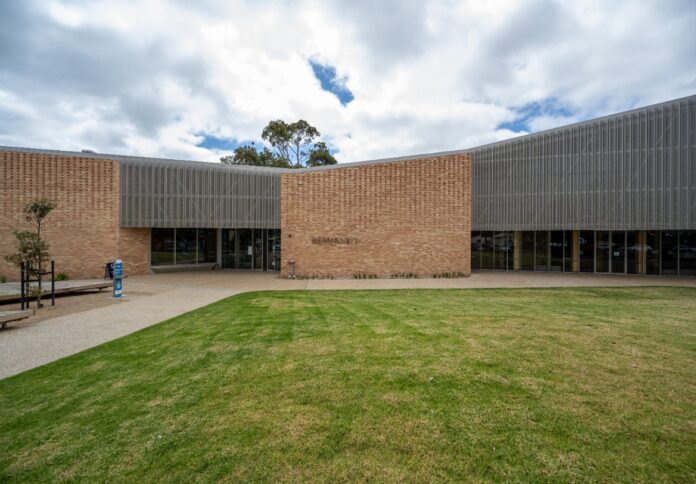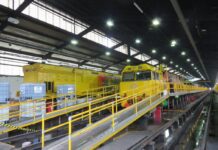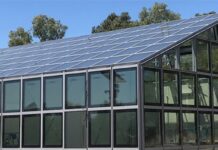
Creating public spaces that are both functional and engaging is a primary goal for architects and designers, with timber playing a crucial role in shaping these environments.
The material’s appeal lies in its durability, versatility, and the sensory experiences it offers. Research indicates that wood resonates with us on a sensory level – its natural textures and warmth evoke feelings that are difficult to replicate with other materials.
“One of the main challenges in designing public spaces is finding materials that can withstand heavy traffic while still maintaining their aesthetic appeal,” said Stuart McGonagle, Sales & Marketing Manager of Big River Group.
He added, “Through new technologies, we’re able to push the boundaries of what timber can achieve, which in turn is allowing architects and designers to create environments that not only stand the test of time but also contribute to the user experience through a good blend of practicality and sensory appeal.”
Timber as a driver for community engagement
Timber not only enhances aesthetics but also fosters community connections. Its warm tones and natural textures evoke comfort, drawing people in and encouraging them to linger. Big River Group’s products, such as ArmourPanel and ArmourCab, are renowned for their ability to create inviting environments.
The Munro Development and Narrm Ngarrgu Library and Family Services in Melbourne exemplifies this trend. Designed by Six Degrees Architects, it extensively features Spotted Gum ArmourPanel, creating spaces that feel connected to nature.
This project has received accolades, including the 2024 Dimity Reed Melbourne Prize, showcasing how timber can enhance the emotional and functional qualities of public spaces.
Another notable project is the Koorie Heritage Trust at Federation Square, where the collaboration of Lyons, Greenaway Architects, and Architecture Associates integrates timber to tell cultural stories.
The thoughtful use of ArmourPanel enhances the sensory experience, allowing visitors to connect deeply with the architecture.
Aesthetic and functional qualities of timber
Timber’s authentic aesthetic qualities make it an ideal choice for public architecture. Big River Group’s range of timbers, including Blackbutt and Hoop Pine, provides finishes that enhance both visual appeal and functionality.
The Berninneit Cultural and Community Centre on Phillip Island exemplifies this approach, connecting various community spaces around a central courtyard. The use of laminated mountain ash and Spotted Gum creates a warm and inviting atmosphere, ensuring durability in high-traffic areas.
“Architects appreciate the unique grain and warm tones of our timber products, which provide a sense of intimacy and connection to nature,” McGonagle stated.
“Each ArmourPanel sheet, with its preserved unique grain structures, offers an individual and natural look, making no two sheets alike.”
Sustainability and innovation in timber use
Beyond aesthetic and functional advantages, timber offers significant environmental benefits. “We are committed to sustainability,” McGonagle emphasised.
“Big River uses locally sourced materials and all our products are manufactured under stringent quality control standards. Our focus is on designing products to reduce carbon footprints and enhance energy efficiency, in line with the goals of today’s architects and designers,” he added.
The Berninneit Cultural and Community Centre, designed to Passivhaus standards, is a prime example of how timber can create low-energy, thermally efficient buildings.
Additionally, the Melbourne Indigenous Transition School Boarding House, designed by McIldowie Partners, showcases how ArmourPanel supports cultural narratives while enhancing sustainability.
For more information, visit Big River Group.




















